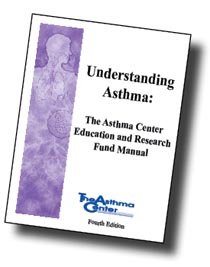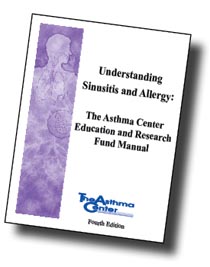Latex Allergy
In recent years, there has been a marked increase in the incidence of allergic reactions to natural and latex (rubber) products. These allergic reactions may occur with direct contact (skin or mucous membranes) with latex materials or with inhalation of airborne latex particles. The reason for the increased incidence of latex allergy is unclear, but the small percentage of individuals who are allergic to latex may develop significant reactions. It is important for latex allergic individuals to recognize that synthetic rubber material (like latex paint) does not produce immediate allergic reactions.
The type of reaction which may occur to natural rubber latex may vary from a mild skin reaction to a total body allergic reaction (anaphylaxis) which may include difficulty breathing, dizziness, shock, swelling of the face, hives, sneezing, or itching of the eyes. Since some latex products are used in medical/dental settings (i.e. gloves, catheters, etc), it is important for a latex sensitive individual to be recognized prior to medical/dental procedures so that proper precautions can be taken and reactions avoided.
Populations at risk for developing latex allergy include:
1. Individuals with spina bifida, urinary abnormalities, or those undergoing multiple medical procedures.
2. Medical/dental healthcare workers (particularly those with other allergic problems).
3. Rubber-industry workers
4. Allergic individuals in general.
5. Occupations where workers frequently use latex products, particularly powdered latex gloves.
6. People with oral allergy syndrome related to fresh fruits and vegetables.
7. Young infants who have severe colic or vomiting after feeding, red ankles after daycare, and/or facial rash after pacifier or bottle use.
Symptomatic latex allergy, however, can develop in the absence of the above known risk factors.
Skin testing and/or blood testing to latex should be done in individuals who are at risk for latex allergy and/or in those who suspect latex sensitivity. In addition, latex sensitive individuals may also react to cross-reacting fruits and vegetables and may require selected food skin testing as well.
Educational materials and lists of non-latex products for home and medical/dental can be obtained from American Latex Allergy Association (1-888-97-ALERT or www.latexallergyresources.org). Non-latex products for the home may also be purchased through a variety of resources-see list below. For those latex sensitive individuals who require nonsterile latex-free gloves, they can use vinyl gloves. If protection from potential HIV exposure is required, non-latex gloves that have optimal barrier protection can be obtained from the following sources: Allerderm 1-800-365-6868 www.allerderm.com Ansell, Ltd. 1-800-321-9752 www.ansell.com Best Glove 1-800-241-0323 www.bestglove.com
Any individual indentified as latex allergic should carry injectable epinephrine (e.g. EpiPen or Twinject) and wear a medical-alert bracelet [Bracelet and neck chains may be purchased from MedicAlert Foundation International (888-633-4298 or www.medicalert.org)]. Latex allergic individuals should also have non-latex gloves available in the event that they require handling and/or examination with gloves, and should clearly avoid known latex exposures at home, in medical/dental settings, or workplace environments.



